Property Management Planning In The Bunya Mountains
Year: 2014
Program: Carbon Farming – Grazing & Horticulture
The People

Jim & Jenny Cross run a 700-head cattle breeding operation at “Wengenville”, at the base of the Bunya Mountains, on 1360 ha of owned and leased country. They have owned grazing country in the area for about 10 years and have purchased two additional titles since 2010.
They mainly sell store cattle at 18 months of age and herd genetics are a mix of Brahman, South Devon and Belmont Red. They believe this is a good combination of genetics for their country as it produces quality animals that can tolerate the, sometimes, extreme weather & seasonal conditions of the area.
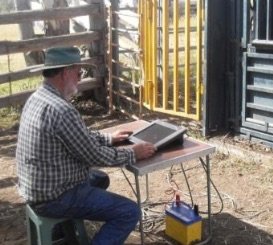
The Opportunity

The opportunity to prepare a Property Management Plan, under The Carbon Farming Project, with the assistance of Burnett Catchment Care Association (BCCA), was particularly timely for Jim & Jenny, given;
-
- their recent purchase of an adjoining property which requires significant development work;
- Jenny’s transition to becoming more involved with the day-to-day operation of the property;
- increasing interest from the next generation (& the following one) in becoming involved in the business
- and the ongoing transition into a more intensive grazing system which they have started to implement.
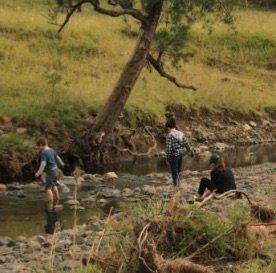
The Plan

The Property Management Plan was collated by BCCA based on information Jim & Jenny supplied during a property visit. The plan records their current grazing, land and herd management practices and things they want to change or improve. It also contains an action plan that prioritises the activities needed to complete the most important projects.
The plan includes up-to-date property maps which show the current and proposed infrastructure. The maps are particularly useful for Jim & Jenny given the recent acquisition of a new property and the transition to a new grazing management system which requires additional development work.
Property Management Planning also enabled Jim & Jenny to collate existing plans developed from previous training courses. Upon receiving their collated plan, Jim & Jenny commented that “this is just what we have been looking for – a format that puts all our ideas together.”
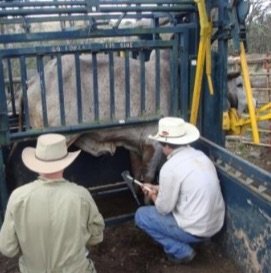
The Result

Since the initial property visit to commence their Property Management Plan, Jim & Jenny have completed some priority actions such as naming all paddocks for ease of communication and building and fixing several dams across the properties to enable more efficient rotational grazing. “It is great that we can see we have DONE a couple of projects already.”
In addition, they have commenced other priority actions identified in their Property Management Plan including starting an intensive holistic management training course which will run throughout 2014.
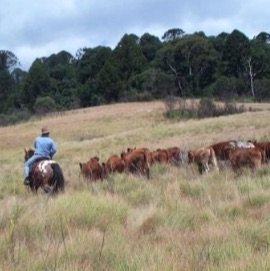
The Future

Jim & Jenny will continue to improve the property infrastructure and move towards a more intensive grazing management system which will require additional fencing and watering points as well as continued weed and pest management and pasture monitoring. They are confident that their Property Management Plan and associated farm maps will help them to focus their efforts and support communication within the business unit and the wider family.
“We are looking forward to going through the plans with our daughters and discussing what they see are some goals to work towards as they begin their journey of succession.”
The plan will be reviewed annually – to ensure it remains relevant and continues to guide their farm operations. An annual review of their Property Management Plan will also allow Jim & Jenny to appreciate just how much they have achieved in the preceding 12 months.
Jim and Jenny have already seen the benefit of using the plan as an integral part of day-to-day operations noting that “mini-reviews of the Plan are helping to keep our goals in focus”.
Carbon Farming In Grazing Systems
Any management practice that reduces greenhouse gas emissions or stores carbon in vegetation and soil is “carbon farming”.
Through the Property Management Planning process, Jim & Jenny confirmed that they are already implementing carbon farming principles and practices in their grazing operation. Routine practices used by Jim & Jenny, such as;
-
-
- maintaining good ground cover and quality perennial pastures
- maintaining soil health through high soil organic matter levels and
- identifying and reducing non-productive animals within their herd,
-
help to ensure an efficient herd thereby reducing the amount of greenhouse gas emitted per kg of beef produced (ie. reducing “emissions intensity”). Carbon is also stored in their native vegetation and soils.
Jim & Jenny noted that carbon farming principles align well with grazing best management practices and sound business principles so many graziers are already “carbon farming”.
Program Sponsors
This project was supported by the following partners and investors.
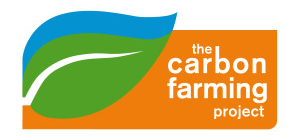


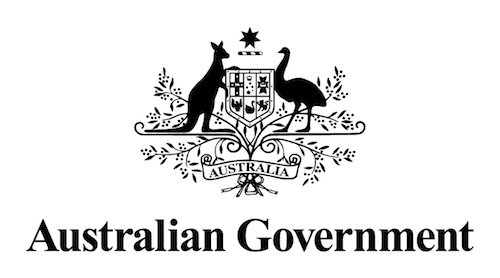
Download This Case Study
To download this case study as a pdf click here.
